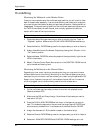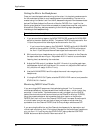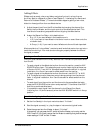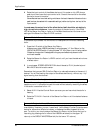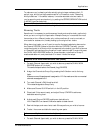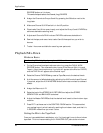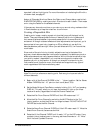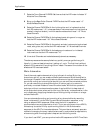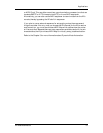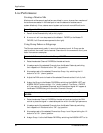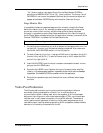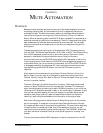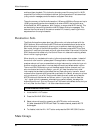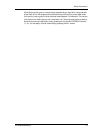
Applications
50 X2 Reference Manual
7 Raise the Toms Channel FADERS. Set them so that the LED meter indicates “0.”
Mute the Toms Channels.
8 Bring up the Bass Guitar Channel FADER so that the LED meter reads “-6.”
Mute the Bass Channel.
9 Raise the Channel FADERS with the rhythm guitar and/or keyboards so that
the LED meters read “-10,” unless percussion instruments are involved (such as
cowbell, triangle or shaker), in which case the meters should read “-15.” Mute
these Channels.
10 Raise the Channel FADERS with the keyboard pads, strings and/or organ so
that the LED meters read “-30.” Mute these Channels.
11 Raise the Channel FADERS with the melody and solo instruments (such as lead
vocal, solo guitar, etc.) so that the LED meters read “-8.” Mute these Channels.
12 Raise the Channel FADERS with the background vocals and/or incidental
instruments so that the LED meters read “10.”
13 Unmute all Channels and make balance adjustments as necessary.
The above process can be accomplished very quickly once you get the hang of it.
Usually, it is done at least twice when “getting up” a mix. The first time is without
effects or EQ to see what (if anything) the mix needs. The second time is after all the
effects and EQ have been added.
Mute Automation
One of the most creative elements of mixing is the art of muting. By turning
channels on and off, you can create a different performance of what is being fed to
the channel. Example: A lead vocal track may have wound up with some unwanted
sounds. By muting and unmuting the channel, you can omit the unwanted portions.
Or, you can use muting to change the rhythm of a drum part; or to remove a
previously unnoticed mistake on one of the other tracks. While this is a powerful
technique, without a mute automation system it can be difficult to keep track of
which channels to mute, when and for how long. Obviously, mute automation is the
only reliable way of applying the technique of muting during mix-down on a large
console like the X2.
You can automate the muting and unmuting of any channel either by recording
these “mute events” into the X2’s Dynamic Mute Automation sequencer, or by
using an external MIDI sequencer. When using the built-in sequencer, a
synchronization source is required to drive it. If you are using one or more ADATs,
the best way to use the X2 is by synchronizing its built-in Mute Automation
sequencer to the ADAT’s time code reference. This provides an extremely accurate
method of managing the many tracks that are used in post-production applications,
where muting and unmuting tracks is frequent and the timing crucial.
If you don’t use ADAT, you can synchronize the X2’s sequencer to MIDI Time Code



